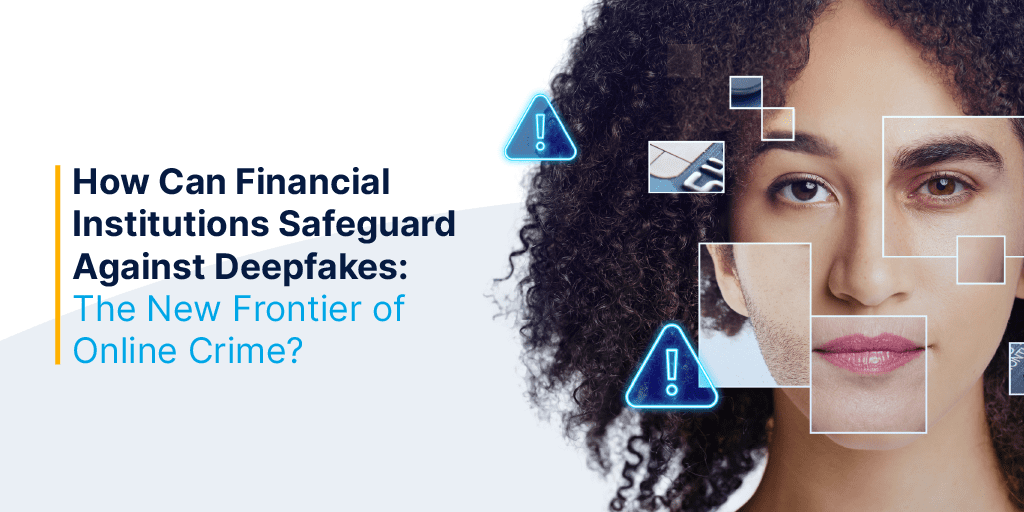How Can Financial Institutions Safeguard Against Deepfakes: The New Frontier of Online Crime?
By 2024, the number of remote banking customers is expected to exceed 3.6 billion – Juniper research
With the pivot from in-person to digital banking and remote onboarding, financial institutions face a challenge: how to assure the identities of users at onboarding and throughout the remote customer lifecycle.
Failure to achieve this assurance has severe consequences. According to INTERPOL, cyber-enabled financial crimes are the main threats facing law enforcement globally, and most likely to grow into the future.
Identity technologies, such as passwords and one-time passcodes (OTPs), no longer provide sufficient defense against the current threat landscape, leading financial institutions to explore alternative identity authentication methods.
Biometric face verification has quickly become recognized as a secure and user-friendly method to verify identity at onboarding and re-authenticate returning customers. Yet as more institutions raise the bar in security technologies, criminals advance in their attempts to circumvent these systems.
The digital injection of synthetic imagery – otherwise known as deepfakes – is now the top threat to facial biometric systems. It is imperative to note that not all liveness providers are able to detect these attacks, nor are there benchmark testing or accreditations for digital injection attacks. Presentation Attack Detection (PAD) doesn’t equal Digital Injection Attack (DIA) resilience, which is crucial in order to thwart this rapidly growing threat vector.
The implications of threat actors exploiting this gap are real: financial loss, fines, reputational damage, unwanted media scrutiny – to name a few.
To mitigate these risks and outpace the evolving threat landscape, understanding the threat vectors of injected synthetic imagery (deepfakes) is vital.
This report looks at:
- The rising demand for remote onboarding and the efficacy of current identity solutions
- Increased adoption of biometric face verification
- The difference between presented and injected deepfakes
- How digitally injected deepfakes scale
- Why not all liveness solutions are equipped to detect injected deepfakes
Get your copy of the report here!
